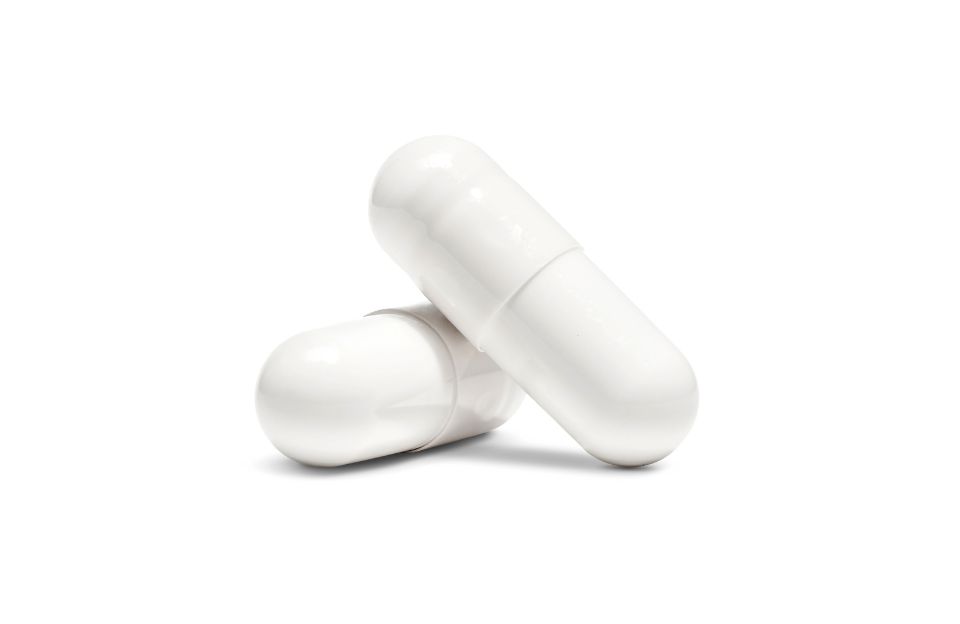Discovering medical breakthroughs can sometimes happen unexpectedly. One such discovery that has been generating a lot of excitement revolves around rapamycin, a commonly used drug for cancer treatment and organ transplants, and its potential impact on the aging process.
Before diving into the details, it’s important to note that this research is still in its early stages, and further studies are needed. However, we aim to provide you with intriguing information that may pave the way for future breakthroughs. As always, consult with your doctor if you have any questions.
Understanding Rapamycin
Rapamycin is derived from the streptomyces hygroscopicus bacterium, originally found in the soil of Easter Island in 1972. Initially developed as an immunosuppressant, it gained FDA approval in 1999. This drug, also known as sirolimus, works by blocking white blood cells to prevent the rejection of foreign tissues and organs, making it crucial for organ transplant patients. Additionally, rapamycin can impede cell division, making it useful in cancer treatment, and it exhibits antibiotic properties.
Beyond its life-saving applications in transplants and cancer treatment, there is emerging evidence suggesting that rapamycin could extend the lifespan of healthy individuals and help prevent age-related diseases.
Early Research on Rapamycin and Anti-Aging
In 2006, a researcher in New York proposed that rapamycin might slow down the aging process. Subsequently, a study published in 2016 confirmed this hypothesis. During the study, small doses of rapamycin were administered to 20-month-old mice for three months. Typically, mice live for approximately 30 months, but those receiving rapamycin lived an average of two months longer. Remarkably, one mouse even survived an additional two years, equivalent to 140 human years!
The Mechanism of Rapamycin in Aging
Rapamycin may operate similarly to fasting by restricting calorie intake. In our bodies, the drug activates a molecule called mechanistic target of rapamycin (mTOR), which enables our bodies to sense whether we are receiving sufficient nourishment. When we abstain from food, mTOR is deactivated, prompting our bodies to enter “emergency mode” to endure “starvation.” This triggers autophagy, a self-healing process where healthy cells eliminate damaged ones. Rapamycin simulates this process without necessitating actual food restriction.
Although human studies have not been conducted yet, recent research on fruit flies and mice has shed some light. While clinical doses have shown adverse effects, small doses may hold the key to longevity. Scientists discovered that rapamycin prevents age-related changes in the intestines. Importantly, these changes persisted even after the administration of rapamycin was discontinued, as observed in the 2016 study with mice and flies.
Still a Long Road Ahead
Rapamycin is a prescription drug, and its short-term impact on anti-aging remains uncertain without human studies. Additionally, the drug carries potentially serious side effects. It’s important to note that rapamycin can suppress the immune system (an approved feature for preventing organ transplant rejection), putting individuals at risk of infections and illnesses. These factors make scientists cautious about studying rapamycin’s effects on healthy individuals. Although there are anecdotal reports of individuals experiencing success with very low doses, it’s crucial to approach such accounts with skepticism, as they lack scientific validation.
While the future looks promising, only time will reveal if any individuals step forward to participate in scientific studies as human subjects. In the meantime, it is essential to emphasize that rapamycin is a prescription drug. We strongly advise against self-experimentation, and if you have any questions, consult with your doctor.









